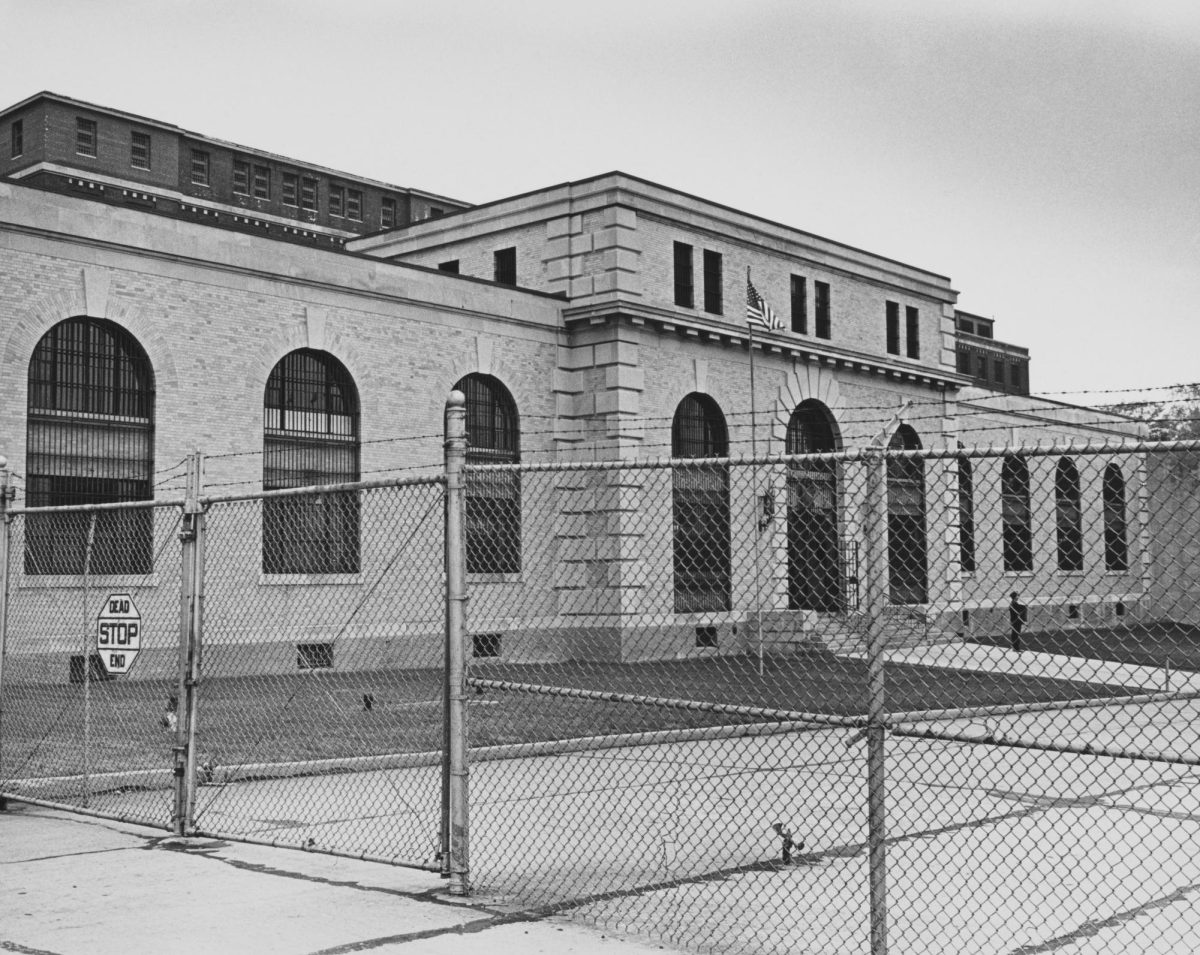
Trekking through a landscape vastly altered by a glacier, Stony Brook University alumni and other guests absorbed both facts and scenery on a geological campus tour.
Led by Gilbert Hanson, Ph.D. and distinguished service professor in the Department of Geosciences, the free, one-hour long tour was part of the celebration of the 50th anniversary of the department and the Wolfstock alumni events on Saturday, Oct. 17.
Daniel Davis, another geoscience professor at Stony Brook, also led an alternative campus geology tour through the Ashley Schiff Park Preserve.
The geological campus tour’s purpose was “to explain to people how there’s an awful lot of geology on Long Island,” Hanson said.
Campus tour participants, including Ph.D. students who had worked with Hanson and curious community members, observed boulders scattered around the back of the Earth and Space Sciences Building during their first stop.
“Gil was a mentor of sorts of mine when I was an undergraduate and a graduate student here,” said Kenneth Livi, a Stony Brook alumnus who received his bachelor’s degree in 1980 and his master’s degree in 1983. “And he wasn’t doing glacial geology then; he was doing igneous petrology. So this is all new stuff, relative to what I was studying from Gil way back, 30 years ago.”
The tour focused on features associated with the Harbor Hill Moraine. A moraine is “a mass of rocks and sediment carried down and deposited by a glacier,” according to the online Oxford Dictionary. This specific moraine supports Stony Brook University’s weight and was formed by the last glacial advance about 20,000 years ago.
“An analysis of boulders on the Stony Brook University campus suggests that while some of these boulders may have traveled some 30 to 40 or even more miles from their source,” according to a pamphlet provided by Hanson.
“Stony Brook University keeps on moving them farther away,” Hanson said about the specific boulders observed on the tour, which were brought on campus and included conglomerate, granite and igneous types. Taller and approximately three times wider than an average human, one mammoth boulder noticeably towered above the rest.
Hanson’s blue car was the next stop of the tour. After pulling out a model of an experiment from his vehicle, Hanson demonstrated how water that travels in a tunnel under a glacier’s surface is able to run uphill.
Hanson said the experiment involving red-colored water, a tube and a diagram was “just for sixth graders,” but the tour group liked how simple it was.
Participants later trekked across the parking lot behind the Earth and Space Sciences building to view and step on compacted till that protects topography. Prodding the till with a shovel, Hanson demonstrated the density of the till.
The tour group eventually found itself in a sunlit stream valley used for runoff. Although Pepsi cups and dining hall containers littered the forest floor, participants were still able to witness an exposed section in the valley: till at the base, covered by sand, which is overlain by 1-meter thick pebbly loess.
Members of the tour were so entangled within geologic discussion that there was no time for the last stop: a wall possibly caused by “glacial tectonics which pushed the underlying sediments ahead of it into a hill and then advanced over the top,” according to the tour brochure.
However, they were able to view and touch soft, exposed till. Standing in a loose oval, tour participants stood on the exposed sedimentary layer: a mixture of silt, clay, sand, gravel and boulders.
“I just like getting out on a nice day,” said Fred Alla, a 1979 Stony Brook graduate and previous earth and planetary sciences major who caught up with a fellow alumnus he had not seen in nearly 36 years. “Having grown up in Long Island and seeing this place evolve from just literally pads of dirt and mud to what it is today, it’s just nice to see what’s stayed the same and what’s been added, what’s been changed.”










